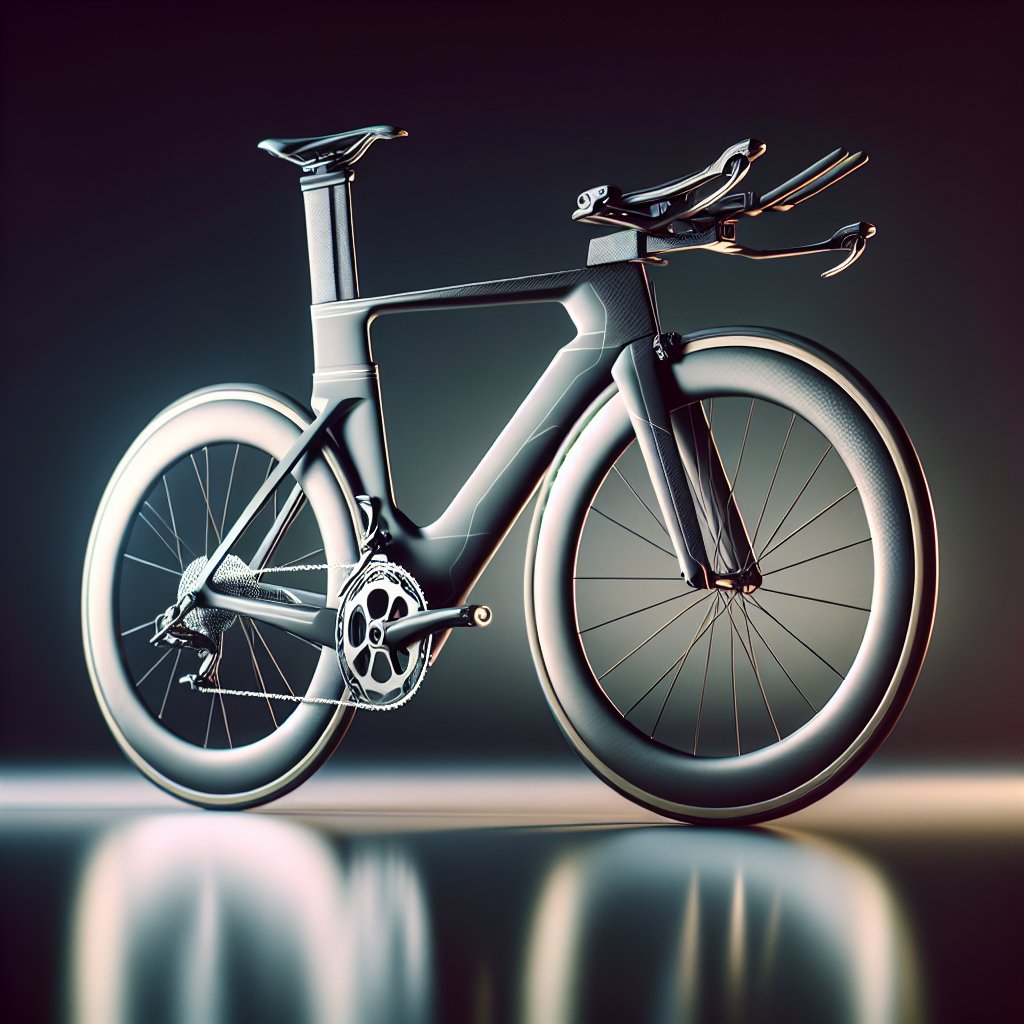Recumbent bicycles, often referred to as “bents,” have been gaining popularity among cycling enthusiasts for their unique design and the promise of enhanced comfort and performance. Unlike traditional upright bicycles, recumbent bikes allow riders to sit in a reclined position, which can significantly reduce strain on the back and neck. This article delves into the world of recumbent bicycles, exploring their benefits, types, and the reasons behind their growing appeal.
Benefits of Recumbent Bicycles
One of the primary reasons cyclists opt for recumbent bicycles is the unparalleled comfort they offer. The reclined seating position distributes the rider’s weight more evenly across a larger surface area, which can alleviate pressure points and reduce the risk of discomfort or injury during long rides. Additionally, the ergonomic design of recumbent bikes supports the natural curvature of the spine, promoting better posture and reducing the likelihood of back pain.
Enhanced Comfort
The comfort of recumbent bicycles is further enhanced by their seat design. Unlike the narrow saddles found on traditional bikes, recumbent bikes feature wide, cushioned seats with backrests. This design not only provides better support but also minimizes the risk of saddle sores, a common issue among cyclists. The relaxed seating position also allows riders to maintain a more natural head and neck alignment, reducing strain and fatigue.
Improved Aerodynamics
Another significant advantage of recumbent bicycles is their aerodynamic efficiency. The reclined position of the rider reduces the frontal area exposed to wind resistance, allowing for smoother and faster rides. This aerodynamic benefit is particularly noticeable on flat terrains and during long-distance cycling, where maintaining a high speed with minimal effort is crucial. As a result, recumbent bicycles are often favored by cyclists participating in endurance events and time trials.
Types of Recumbent Bicycles
Recumbent bicycles come in various designs, each catering to different riding preferences and needs. The two main categories are short wheelbase (SWB) and long wheelbase (LWB) recumbents, with each offering distinct advantages and characteristics.
Short Wheelbase (SWB) Recumbents
Short wheelbase recumbent bicycles have the front wheel positioned closer to the rider, resulting in a more compact and agile design. This configuration allows for better maneuverability and easier handling, making SWB recumbents ideal for urban commuting and navigating through tight spaces. Additionally, the shorter wheelbase contributes to a more responsive ride, which can be advantageous for cyclists who enjoy a more dynamic and engaging cycling experience.
Long Wheelbase (LWB) Recumbents
In contrast, long wheelbase recumbent bicycles feature a greater distance between the front and rear wheels, providing a more stable and comfortable ride. The extended wheelbase enhances the bike’s ability to absorb shocks and vibrations from rough terrain, making LWB recumbents well-suited for touring and long-distance cycling. The increased stability also makes these bikes a popular choice for novice riders or those who prioritize a smooth and relaxed ride over agility.
Performance and Versatility
Recumbent bicycles are not only about comfort; they also offer impressive performance capabilities. The combination of aerodynamic efficiency and ergonomic design allows riders to achieve higher speeds with less effort, making recumbents a competitive option for various cycling disciplines.
Speed and Endurance
The aerodynamic advantage of recumbent bicycles translates to improved speed and endurance. Cyclists can maintain higher average speeds over long distances, making recumbents a popular choice for endurance events such as century rides and long-distance touring. The reduced wind resistance also means that riders expend less energy, allowing them to cover greater distances without experiencing the same level of fatigue as they might on a traditional upright bike.
Adaptability
Recumbent bicycles are highly adaptable and can be customized to suit individual preferences and needs. Many models offer adjustable seat positions, handlebar configurations, and frame sizes, allowing riders to fine-tune their setup for optimal comfort and performance. Additionally, recumbents can be equipped with various accessories, such as panniers, racks, and fairings, to enhance their functionality for specific purposes, whether it’s commuting, touring, or recreational riding.
Conclusion
Recumbent bicycles represent a unique and innovative approach to cycling, combining comfort and performance in a way that traditional upright bikes cannot match. With their ergonomic design, aerodynamic efficiency, and versatility, recumbents offer a compelling alternative for cyclists seeking a more comfortable and enjoyable riding experience. Whether you’re a seasoned cyclist looking to enhance your performance or a casual rider seeking greater comfort, recumbent bicycles are worth considering as a viable and rewarding option.


